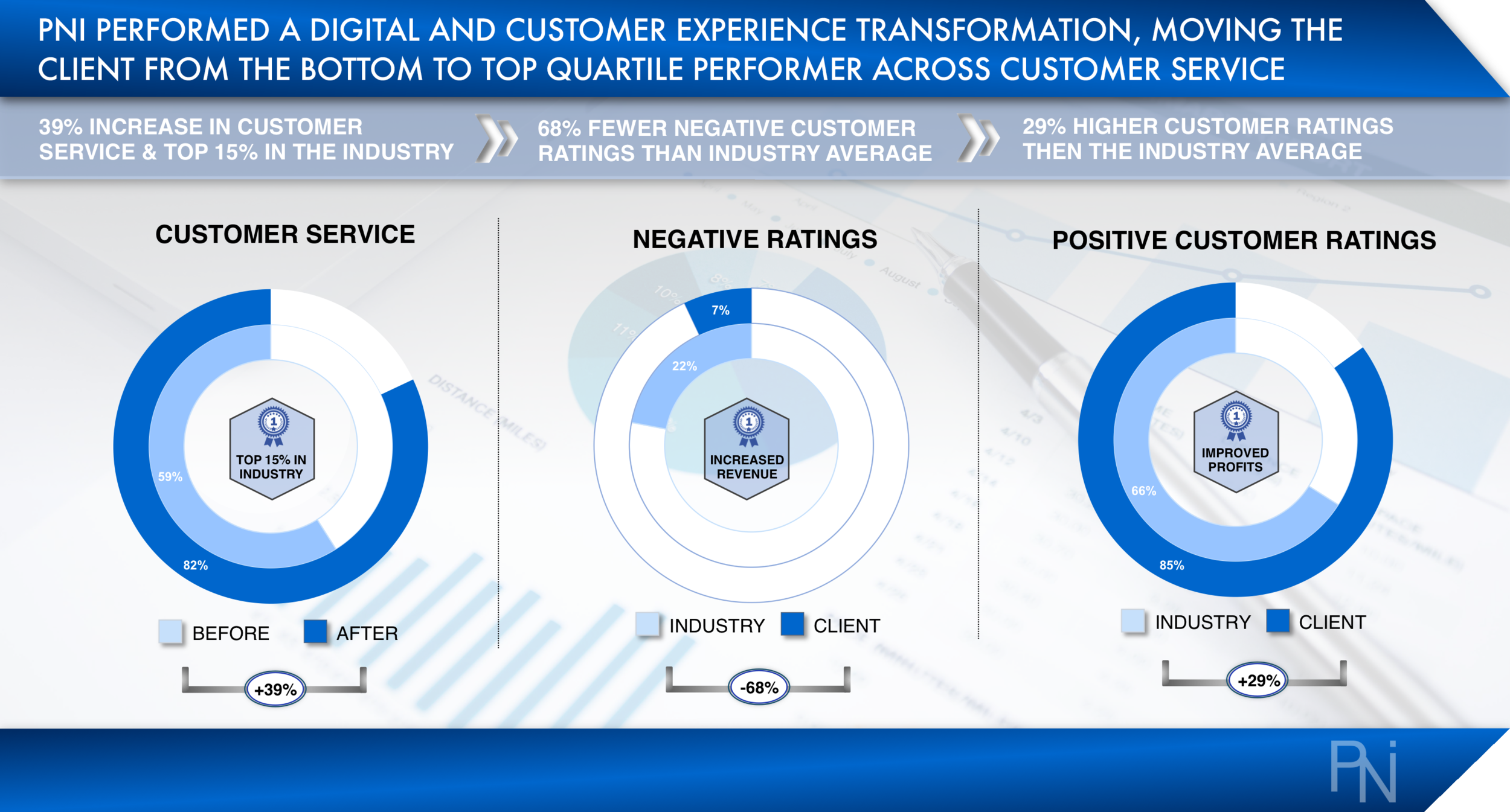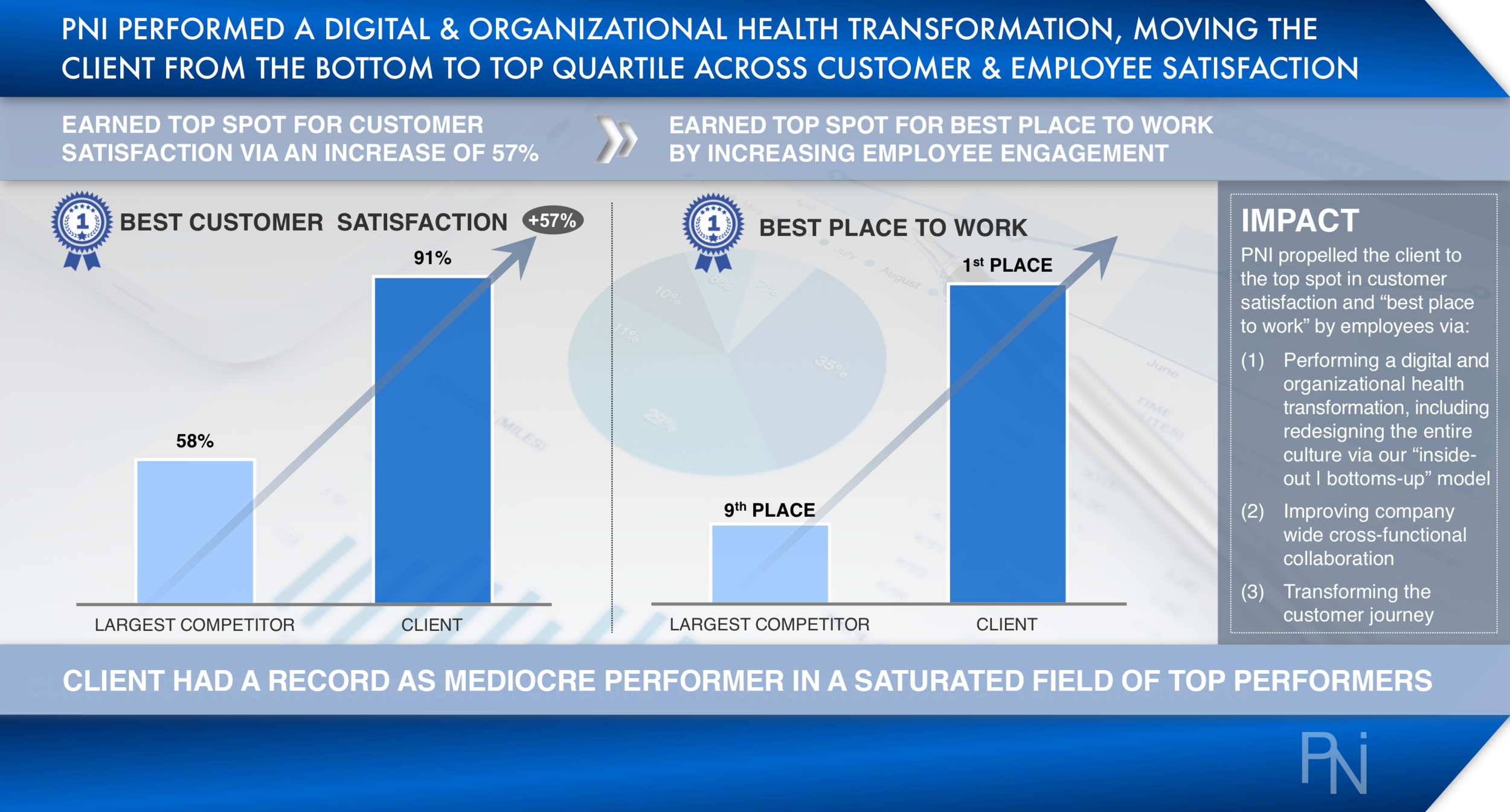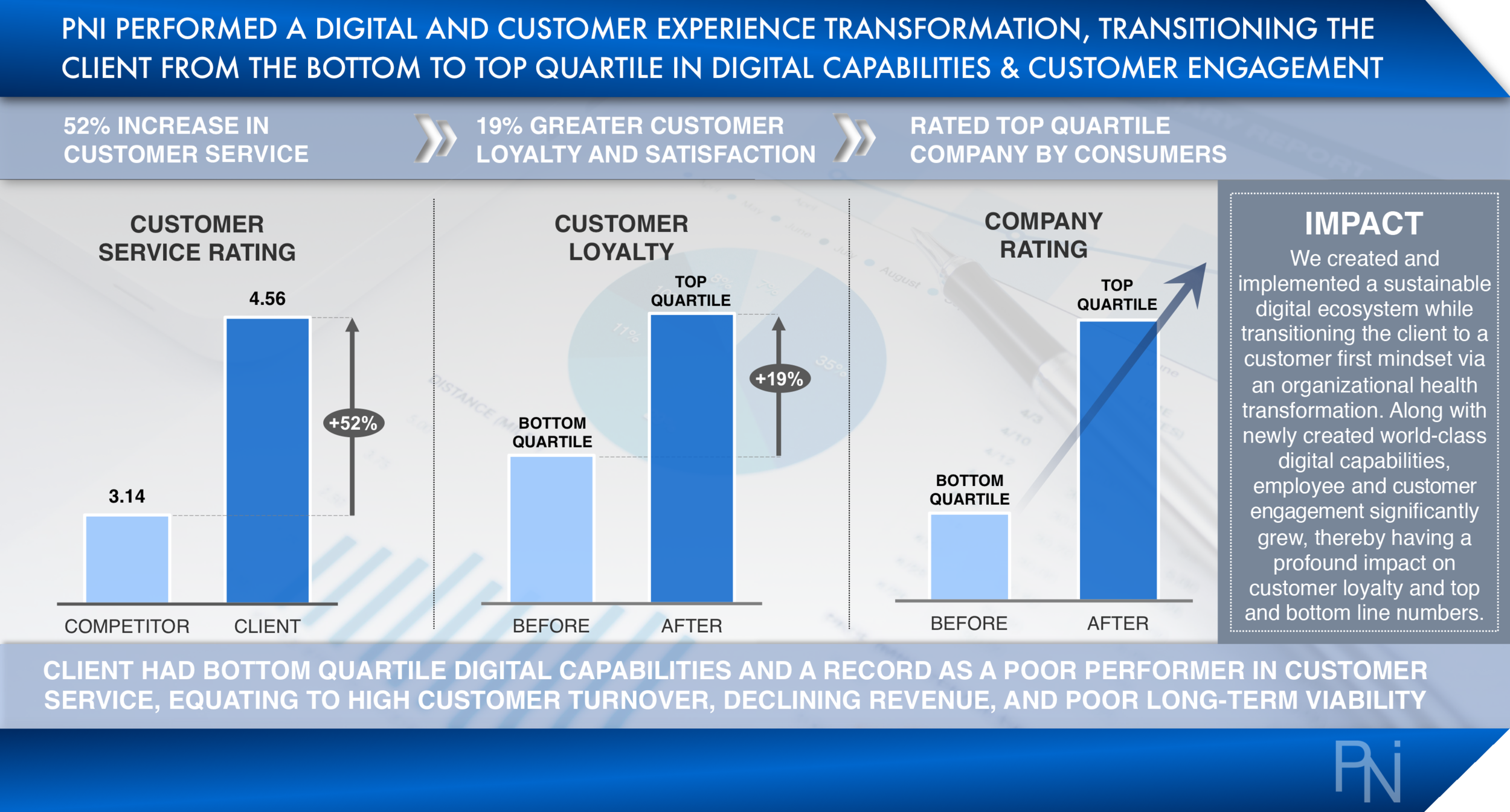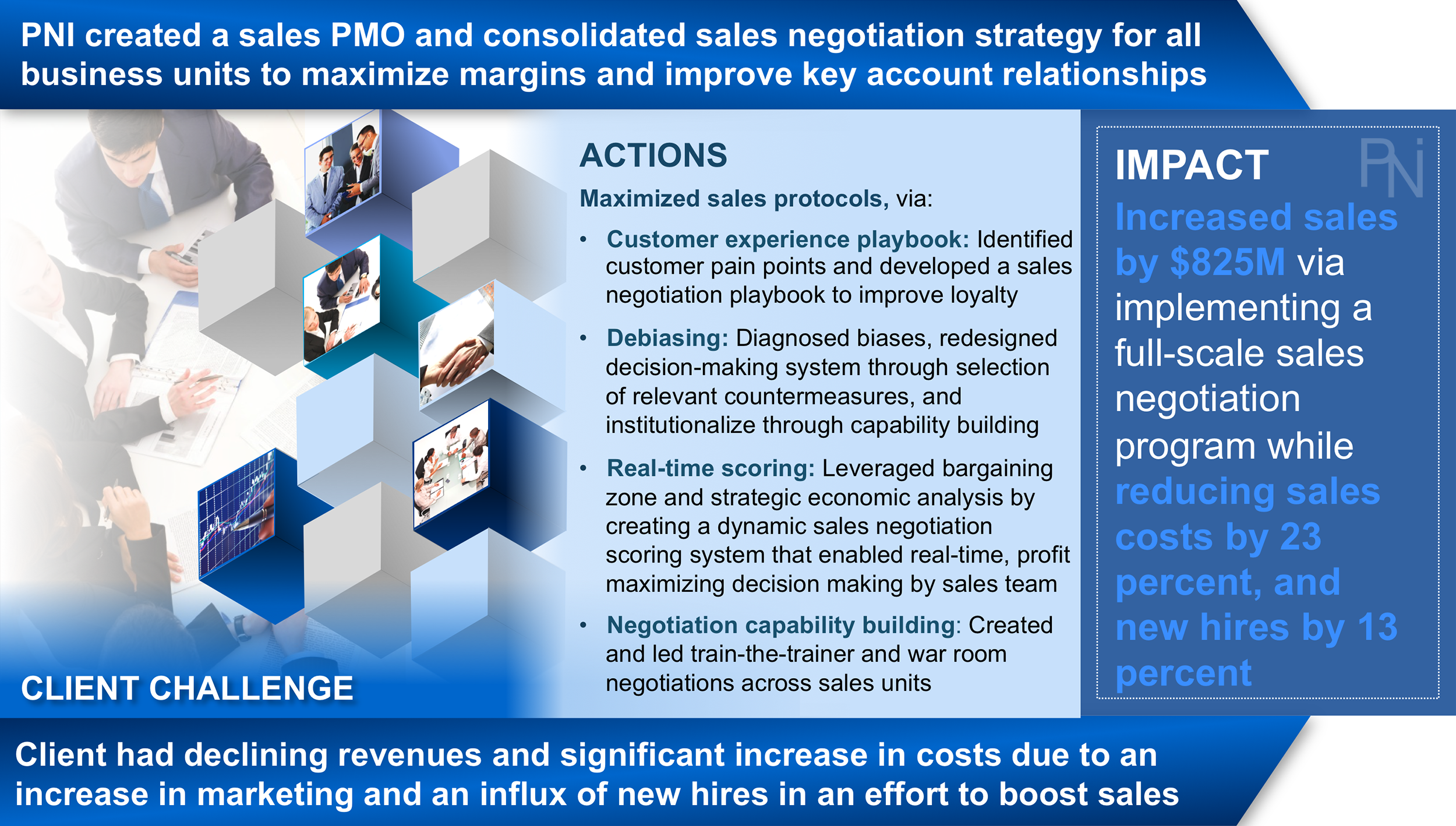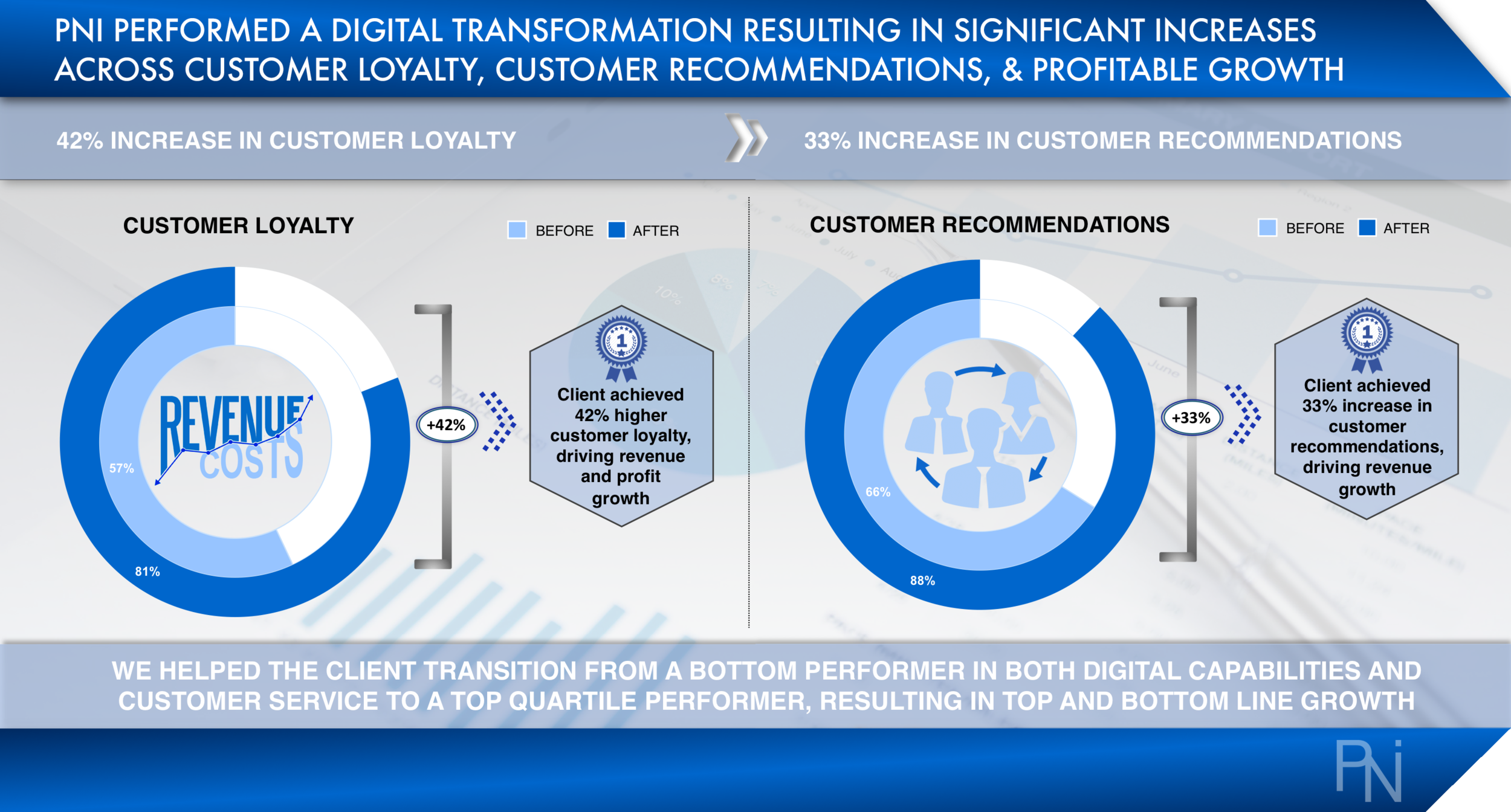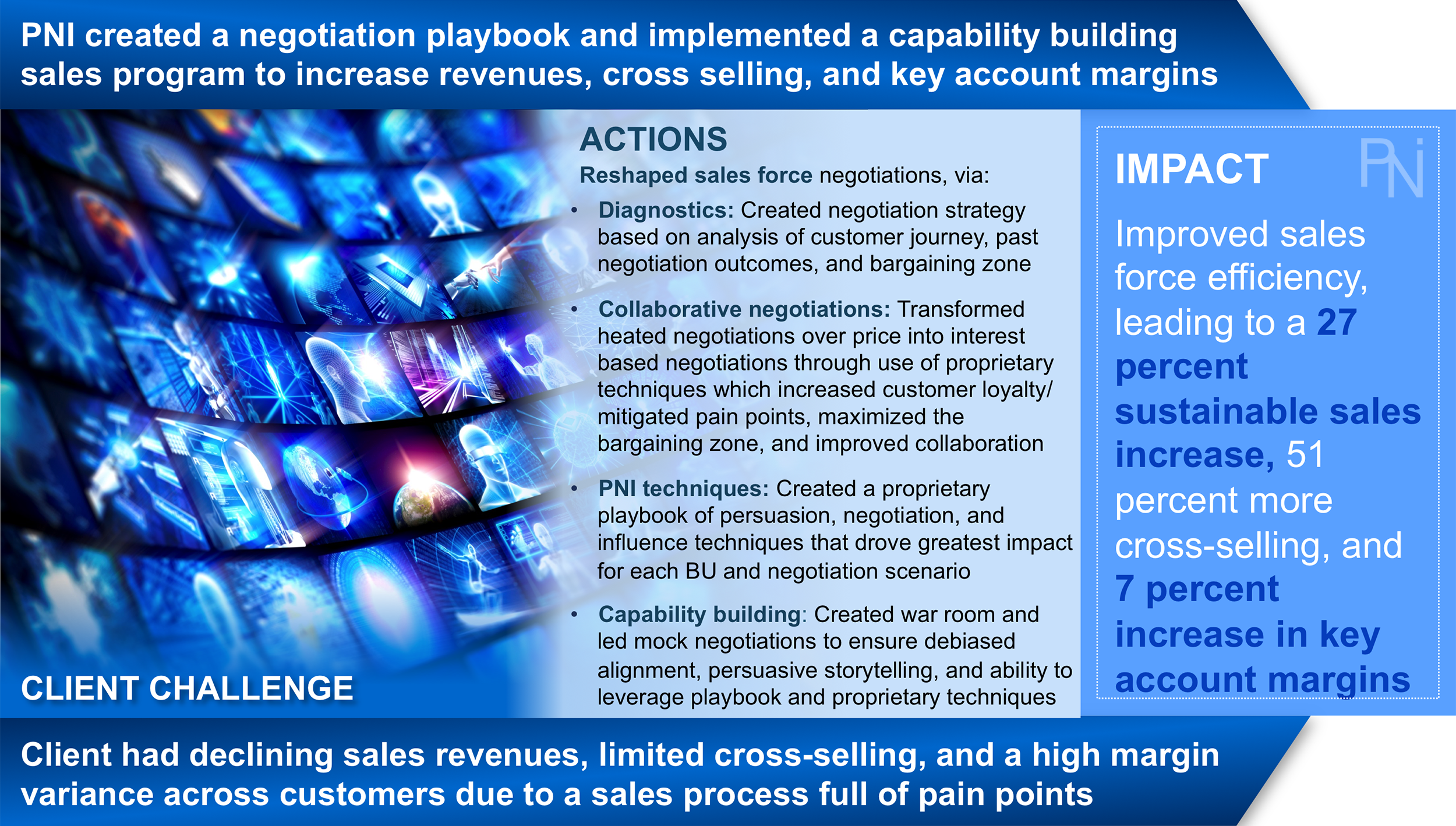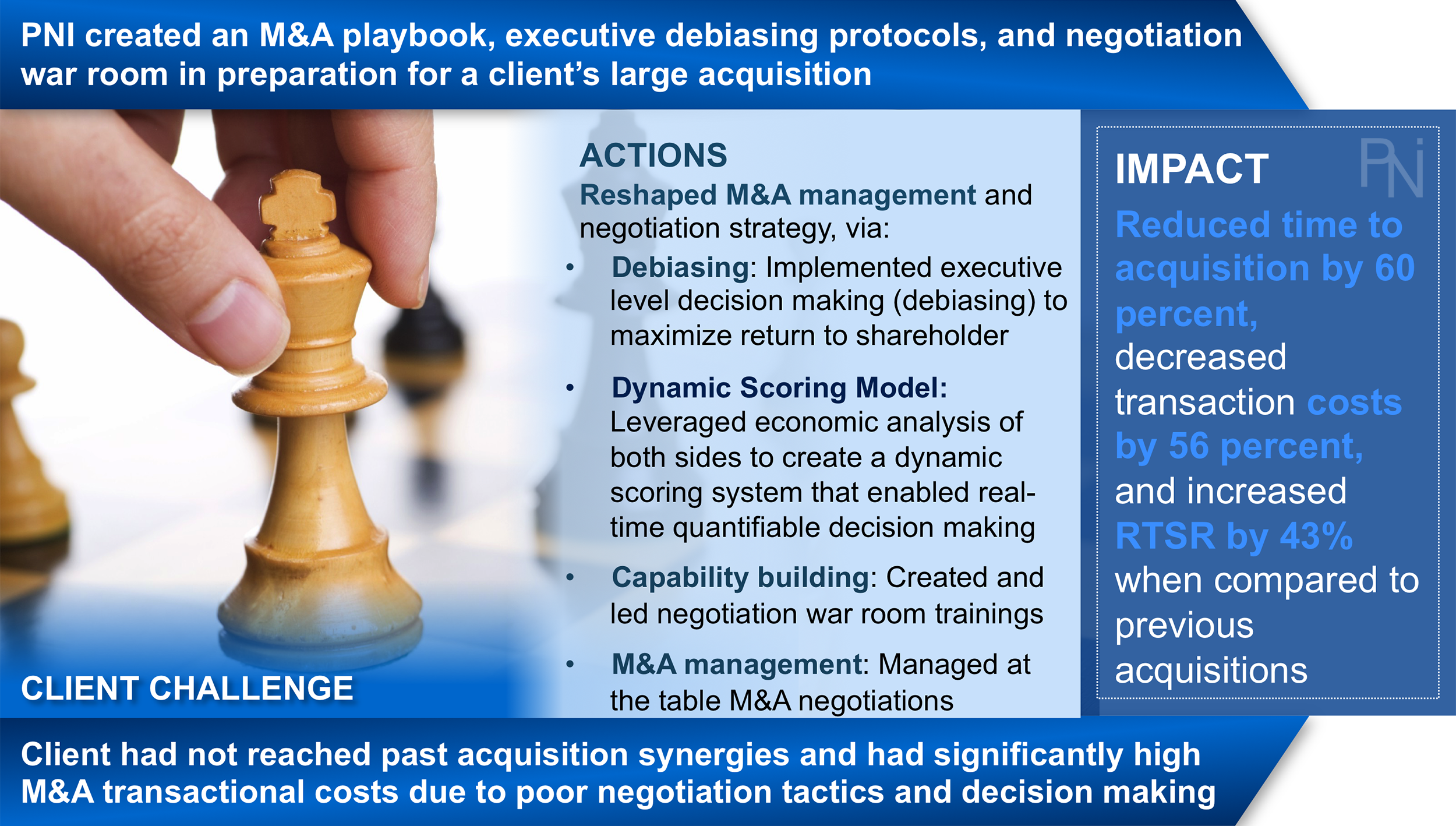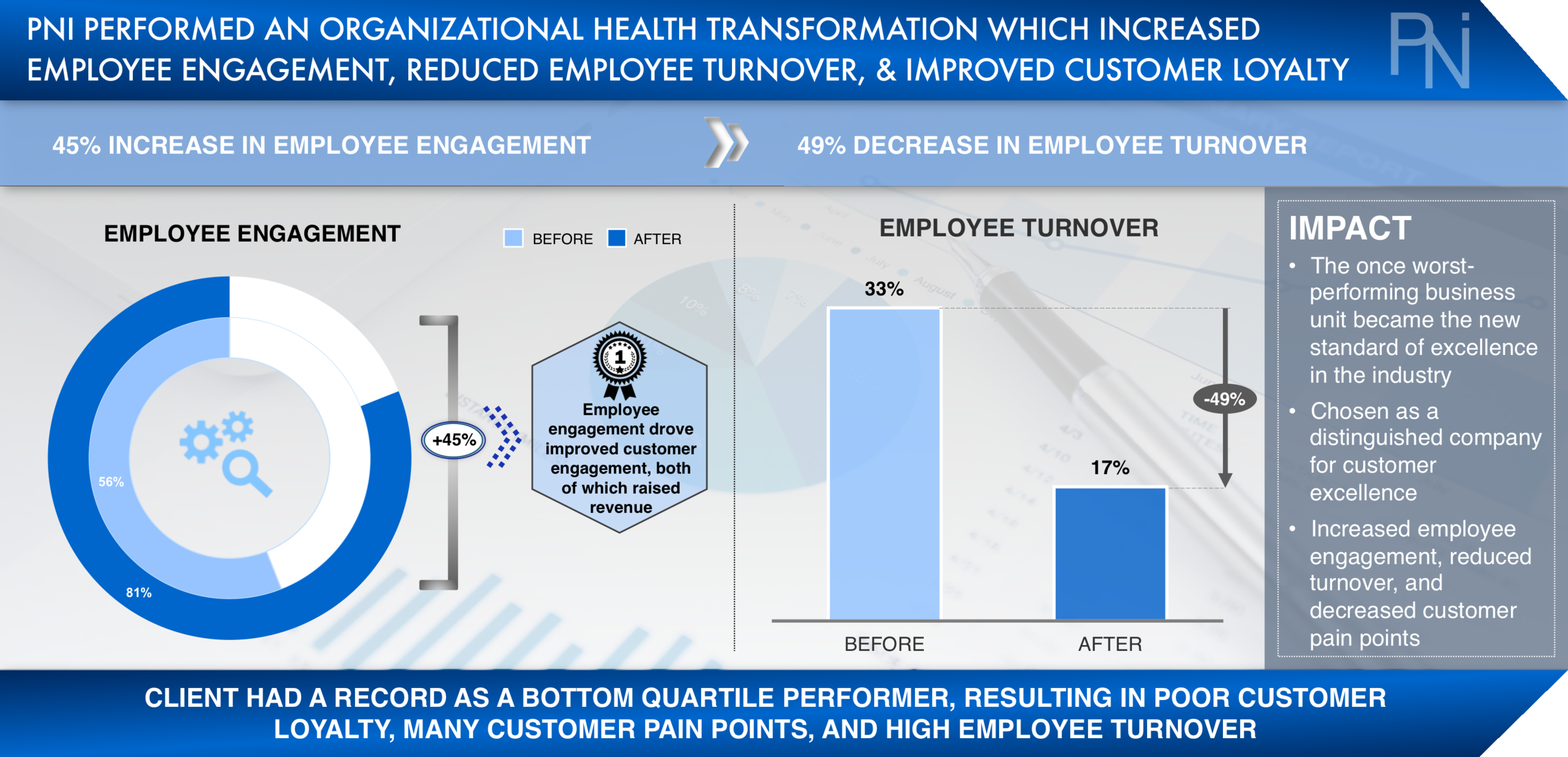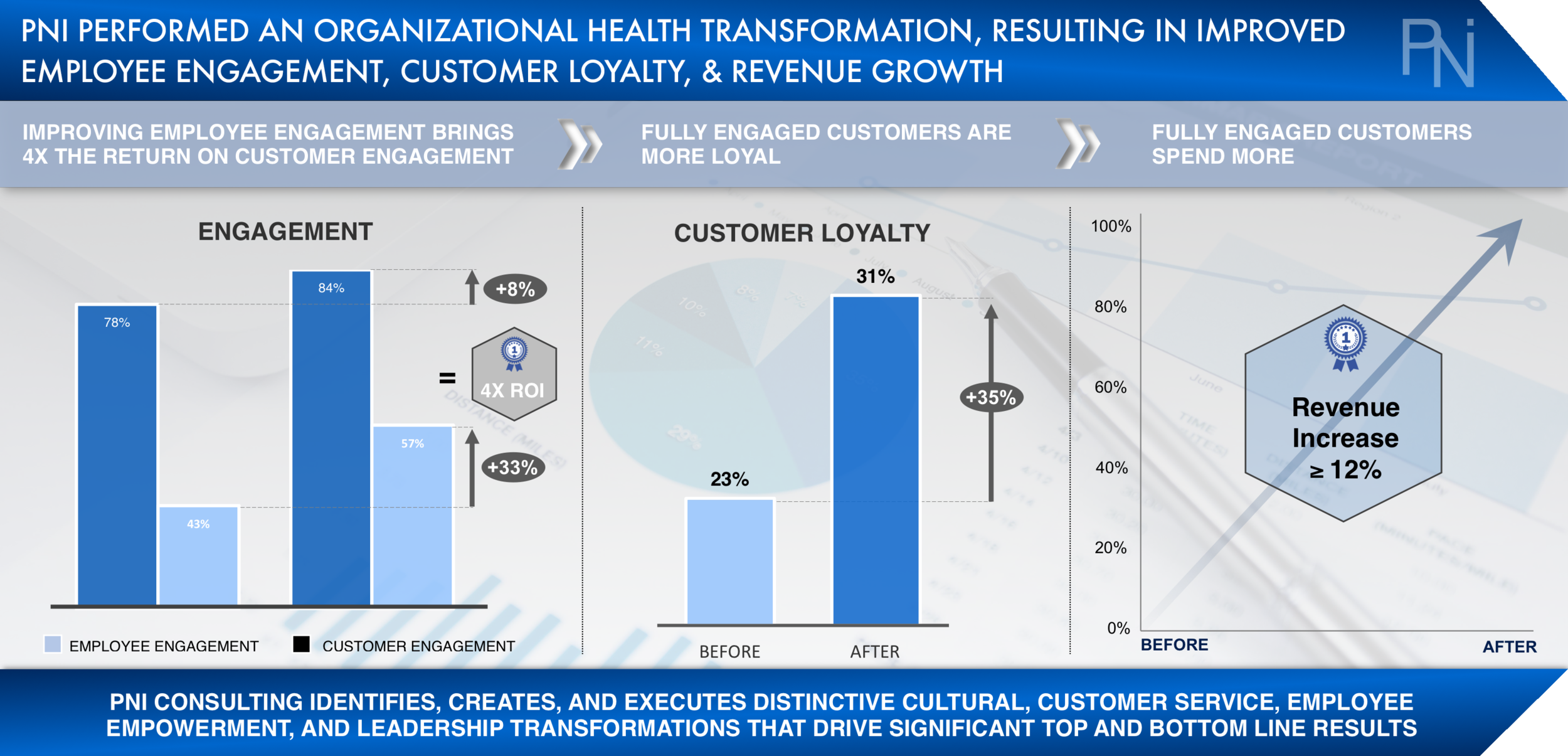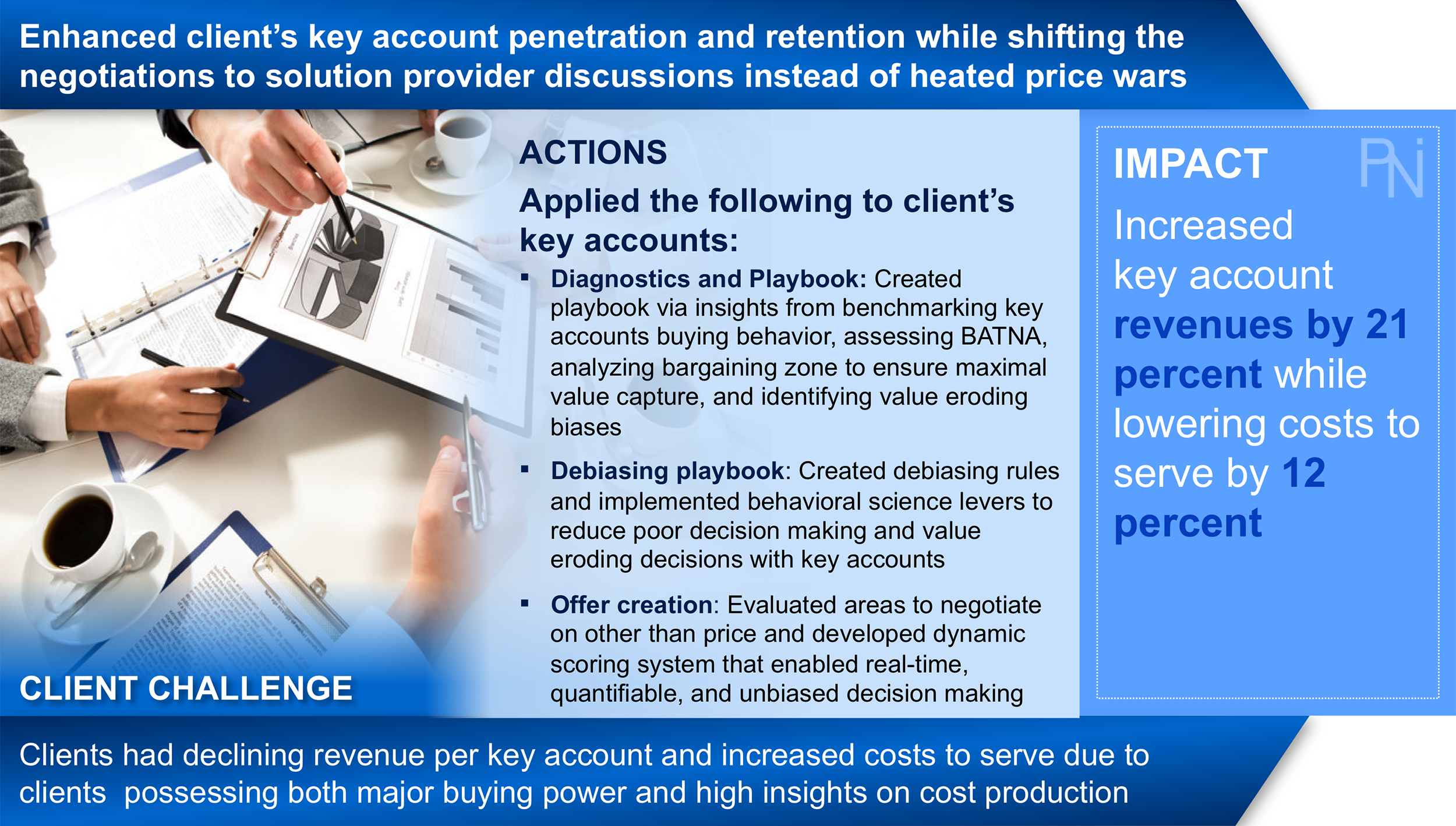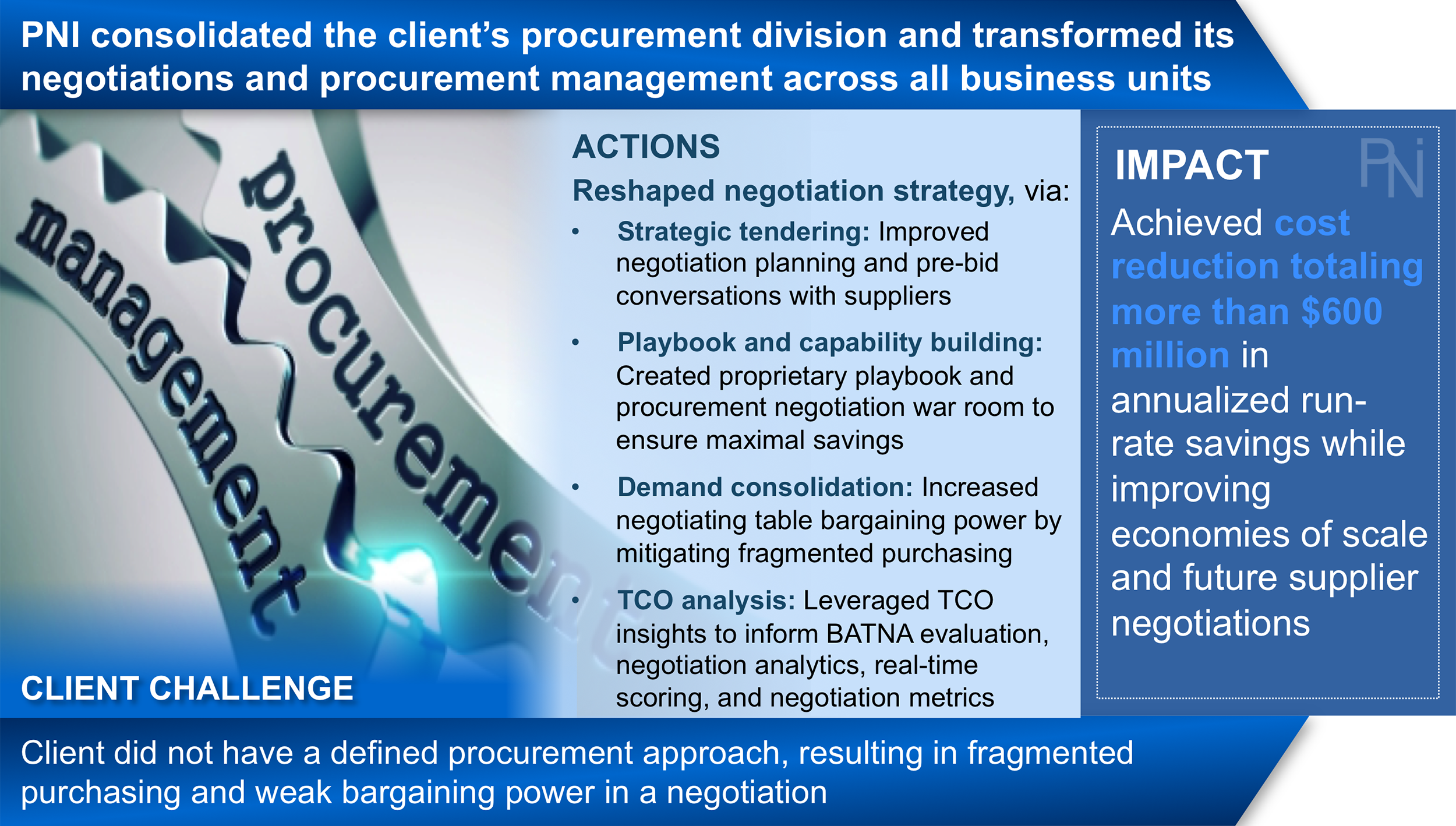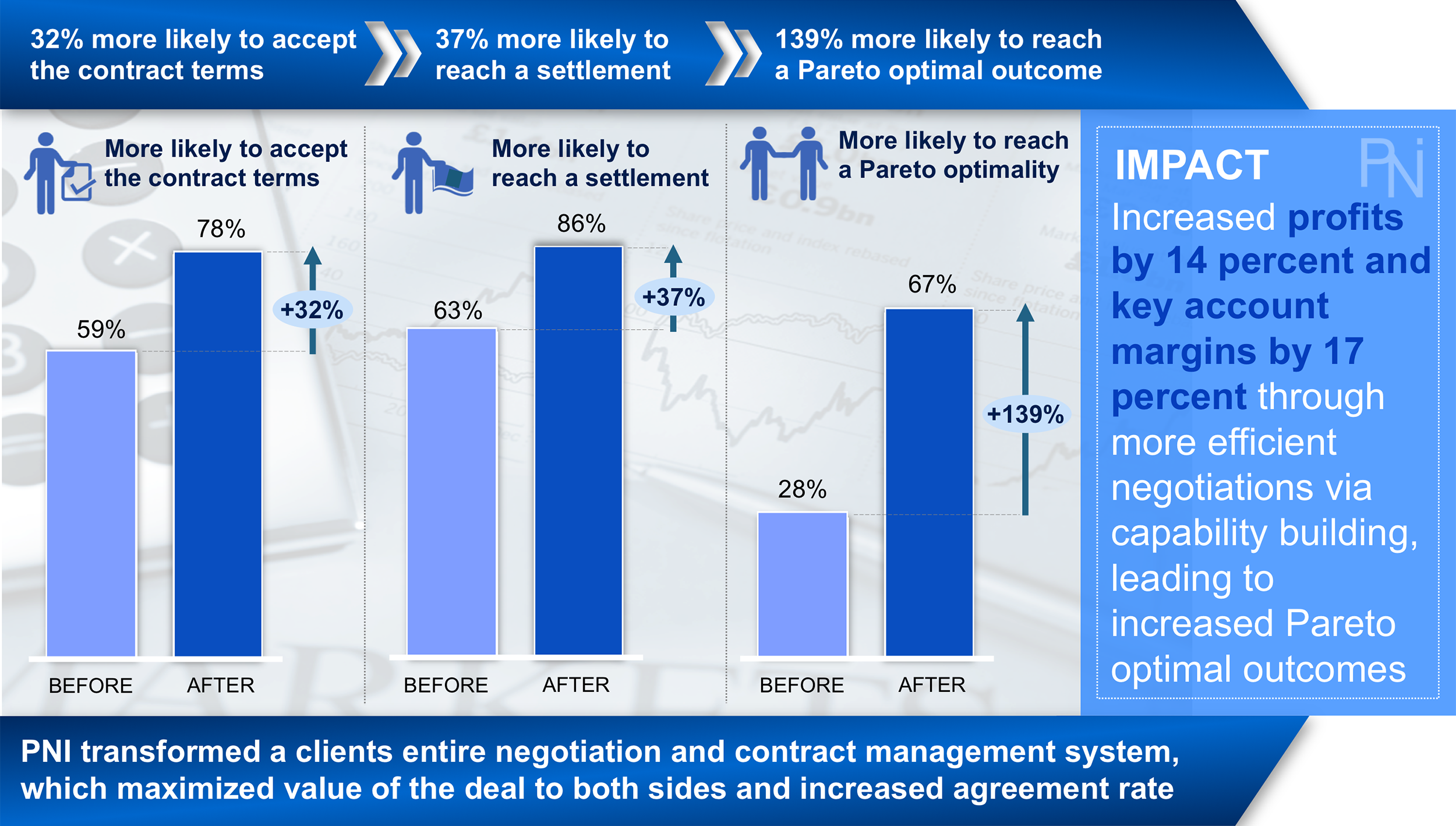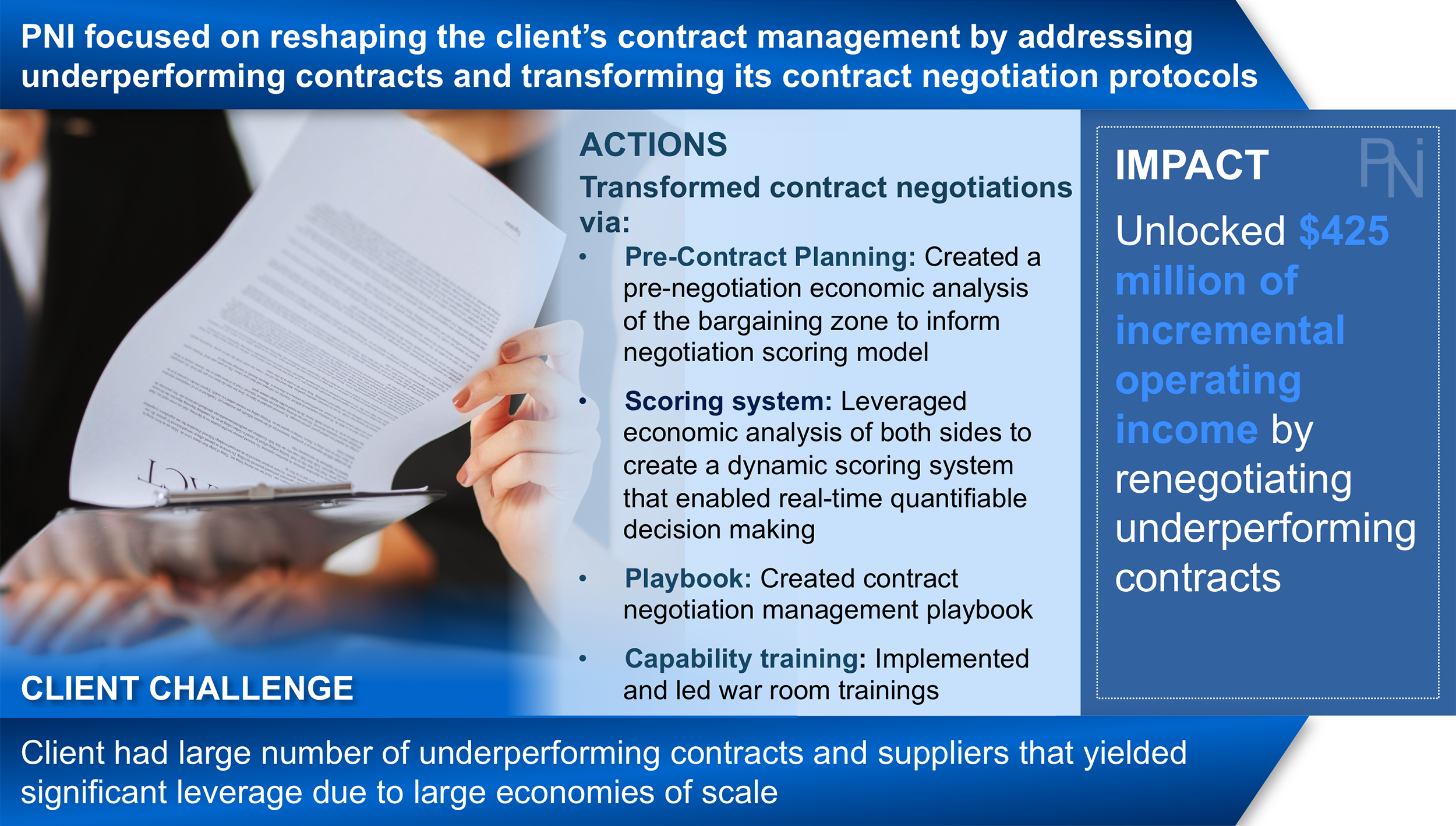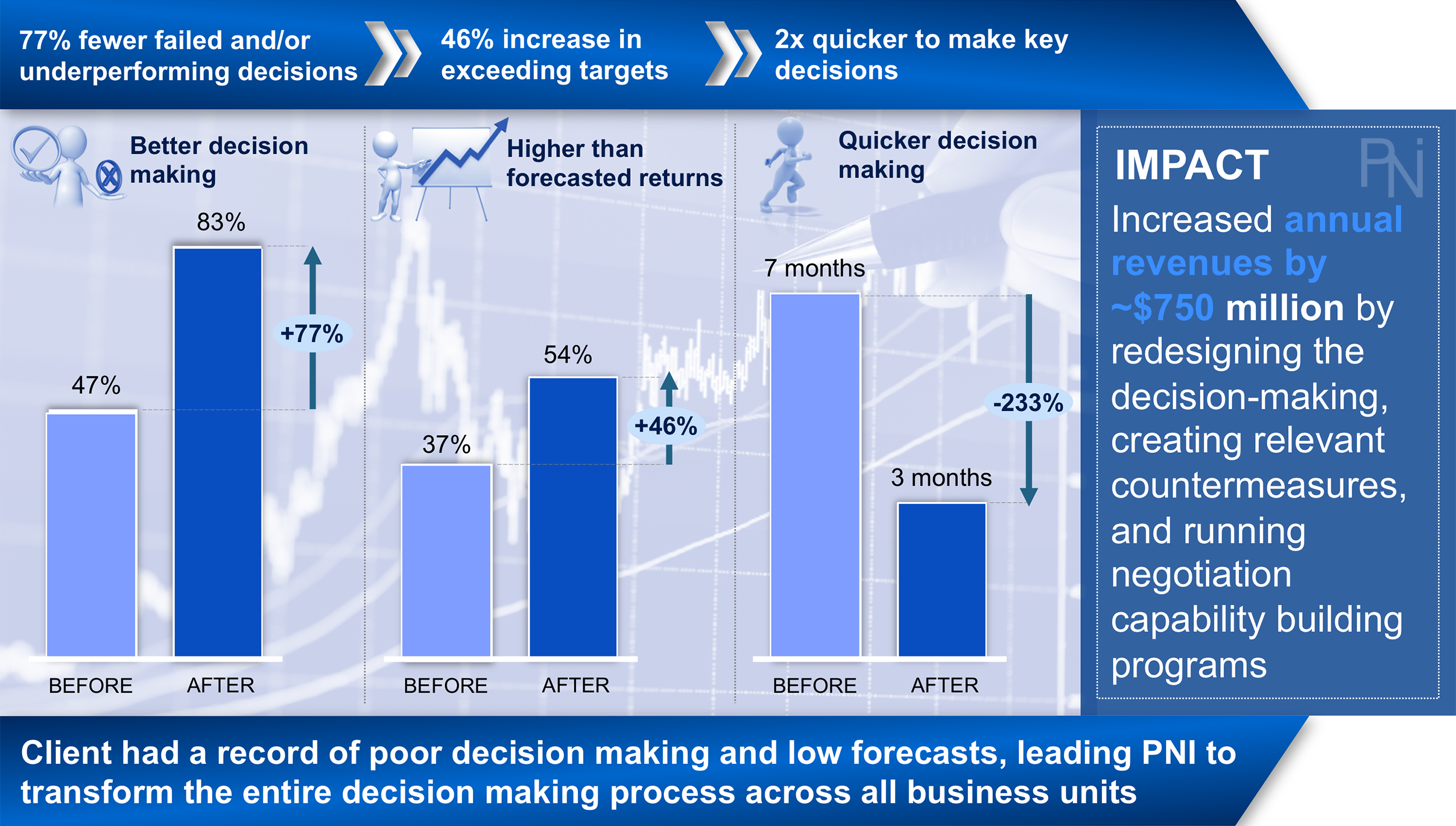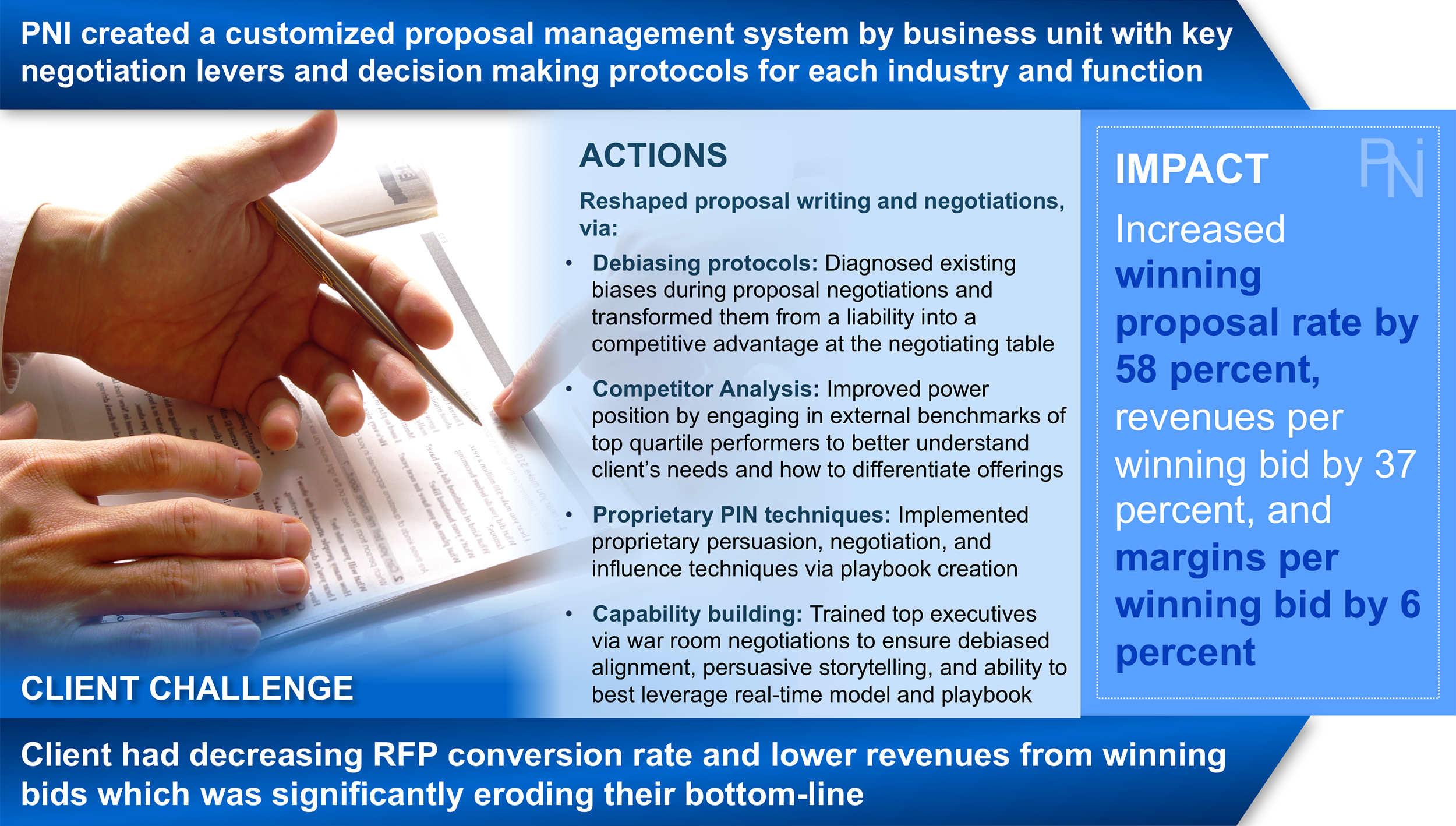Want Sustainable Growth? Keep it Simple
Want Growth? Keep It Simple with This 3-Step Framework
Author: Joshua Seedman
Executive Summary
EPC FRAMEWORK
Exhibit 1 (Click to Enlarge)
In today's highly complex corporate landscape where innovation cycles are a fraction of what they were a decade ago, companies must make simplicity and focus top priorities. Organizations and leaders alike have a greater number of sophisticated decisions to make on a daily basis. Compounded by an overabundance of initiatives, scarcity of resources, and lack of prioritization, organizations face constant complexity that dilutes simplicity, alignment, and focus.
Enterprise Obligations for Success
Ultimately, companies and leaders of any organization have three obligations, specifically:
- Obligation #1: Engage and inspire employees
- Obligation #2. Delight customers via innovative products and world-class service excellence
- Obligation #3: Deliver strong financial results
If the first two take place, financial results will take care of itself. These obligations are cut and dry. However, oftentimes the journey to achieve these focused goals are not so simple. Instead, companies lack prioritization, focus, and alignment which ultimately ushers in complexity and loss of focus on these three core goals.
“Leaders have 3 obligations, specifically (1) engage and inspire its employees, (2) delight customers, and (3) deliver strong financial results. Without mastery of the first, the other two will fail.”
Thus, with such a focused set up obligations, companies should also have a focused framework that cuts through the complexity and overabundance of ideas by ensuring concentration on the key trigger points. This article introduces exactly such a framework, namely the EPC framework. EPC is an acronym for (1) employee, (2) product, and (3) customer and is a simple framework that highlights the key trigger points to organizational success (See Exhibit 1). This easy to follow-up roadmap ensures that any transformation starts internally with employees (i.e., Obligation #1) because high employee engagement is the fuel behind product innovation and customer service excellence (i.e., Obligation #2), which ultimately together fuels profitable growth (i.e., Obligation #3).
Introduction
“The days of being successful on merely a differentiated product are over. Without a world-class customer experience the product alone will fail. Without employee engagement both the product and customer service will fail.”
The days of being successful on merely a differentiated product are over. Without creating a world-class customer experience the product alone will fail. Taking this one step further, without creating engaged employees both the product and customer service elements will fail. Simply, both world-class customer service and innovative products begins and ends with employees. If a company wants raving customers it first needs raving employees. And, if a company wants innovative products, it first needs inspired employees that create not only those products but also create inspired moments for its customers as buying is now as much about the experience as it is about the product. Simply, the first step to innovative products, customer advocates, and profitable growth is to create employee advocates that in turn will be inspired to create those “wow” moments for customers because the company first created those “wow” moments for its employees.
EPC Framework
EPC FRAMEWORK
Exhibit 2 (Click to Enlarge)
Leaders of any organization ultimately have three obligations, specifically (1) motivate employees by creating an engaged and inspired work environment, (2) delight customers, and (3) deliver strong financial results. If the first two take place the third area (financial results) will take care of itself. To ensure such change, this article advocates an EPC framework as a simple methodology for ensuring an "inside-out | bottom-up" approach" instead of an "outside-in | top-down" approach (See Exhibits 2, 3, and 4). EPC is a three-step framework and is an acronym for (1) employee, (2) product, and (3) customer. In its simplest form, winners are those that have mastered the following three areas, specifically:
- Employee Engagement (i.e., an empowered culture)
- Product Innovation (i.e., differentiated offerings/services)
- Customer Advocacy (i.e., distinctive service excellence)
“If you want raving customers you first need raving employees and if you want innovative products you first need inspired employees.”
This framework puts employees first because customer advocacy is highly correlated to employee advocacy. Typically, most companies focus on only one to two of the core EPC issues. For example, it's very easy to get so focused on one’s product or brand that the thought of an engaged employee and a distinctive customer experience takes a back seat - a surefire way to destroy growth and value. On the flip side, company’s may become so focused on their customers that one forgets about empowering their employees - the heart and soul of how a company provides a great customer experience.
Exhibit 3 (Click to Enlarge)
Exhibit 4 (Click to Enlarge)
To creating raving customers and innovative products, company's must first create engaged employees that have the autonomy and inspiration to create innovative products. Remember, in a given year, typically 50% of Google’s new products are created from the 20% of time its employees are allowed to work on whatever they like. The proposed EPC framework ensures a departure from tunnel vision by providing a simple yet often overlooked roadmap that highlights three key trigger points for growth, allowing a smooth transition to an "inside-out | bottoms-up" model (See Exhibits 3 and 4). Indeed, this framework has helped my client’s transition from bottom quartile to top quartile performers across employee satisfaction, customer experience, and product innovation by ensuring that employee, product, and customer are all functioning in unison and playing to each other's strengths.
Why an "Employee First" Approach
EMPLOYEE INVESTMENT ROI
Exhibit 5 (Click to Enlarge)
Without an employee first mindset a domino of value destructive undercurrents start overtaking an organization, including (1) poor employee engagement, (2) high employee turnover, (3) low employee productivity, (4) stifled creativity and poor innovation, (5) poor customer service, (6) low customer loyalty, (7) slow decision-making, (8) internal competition stemming from silos, and (9) stagnant profitable growth. Improving employee engagement is highly correlated to improving customer experience and profitable growth.
“Each dollar invested in improving employee engagement can reap up to a 4X ROI. With only 30% of employees engaged in their work it’s a simple investment decision.”
In its most striking form each dollar invested in improving employee engagement can reap up to a 4X ROI in customer engagement leading to significant revenue increases (See Exhibit 5). In addition, and according to Gallup, highly engaged organizations have double the rate of success of lower engaged organizations and enjoy significant improvements in profitable growth. On the flip side of this, and according to another Gallup study, almost 70% of employees are either destroying or not creating any value day in and day out (See Exhibit 6). Simply, only 30% of employees are engaged in their work. The underlying issue begins with leadership, which snowballs downward into siloed groups that lack empowerment, resources, and focused alignment regarding the purpose and goal of the company. With an up to 4X ROI, improving employee engagement is a simple investment decision.
EMPLOYEE ENGAGEMENT VALUE CREATION
Exhibit 6 (Click to Enlarge)
As illustrated, most companies unfortunately neglect organizational health or think of it as an afterthought because an outside-in | top-down mentality permeates instead of an inside-out | bottoms-up approach. In all actuality, organizational health and its accompanying employee engagement should be the first priority because the domino effect of either growth or value destruction begins internally with one's employees. Remember, people are a company's greatest asset – more than its brand, products, or customers. If an organization gets the employee element right a great brand, product, and customer base will occur almost automatically.
Conclusion
“A domino effect of either growth or value destruction begins internally with your employees. Remember, your people are your greatest asset – more than your brand, products, or customers. If you get the employee element right a great brand, product, and customer base will occur practically automatically.”
We’ve all likely witnessed how companies become so obsessed with their product and/or brand that they inadvertently lose site of the customer and perhaps more importantly, its employees. So often CEO’s mention that they want to create raving customers but forget that the first step to profitable growth and raving customers is to create a culture of raving employees. Concurrently, employees will then be inspired and engaged to create those “wow” moments for customers because the company first created those "wow" moments for its employees. In a corporate era where complexity is often the number one destroyer of growth perhaps more than ever is the time to adopt the KISS acronym (i.e., Keep It Simple Stupid). While this article would never condone such colloquial terminology in the board room it certainly condones the proposed EPC Framework which will ensure simplicity and concentration on the key growth drivers. Simply, EPC ensures a leader never loses site of his or her three obligations, specifically (1) engage and inspire its employees, (2) delight customers with innovative products and world-class service excellence, and (3) deliver strong financial results. If a leader can deliver on the first two obligations, profitable growth will not be far behind.
About the Author
Joshua Seedman is the founder and chairman of PNI Consulting, a management consulting firm that specializes in global transformations. He has over 20 years of operating and general management experience with expertise in organizational transformations, customer experience, employee engagement, digital transformations, sales & marketing, operational turnarounds, culture/change management, and high-stakes negotiations. His experience includes executive roles within F500 companies, top-tier consulting leadership (McKinsey & Company), over 10 years of global P&L responsibility, and corporate lawyer (Davis Polk & Wardwell). He received his MBA from Kellogg School of Management and his J.D. (cum laude) from Northwestern University School of Law.








